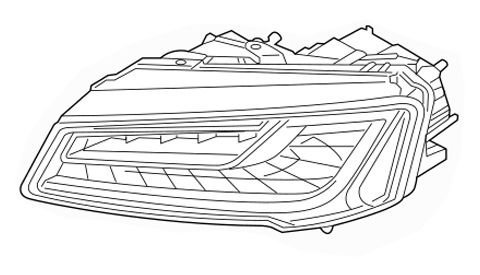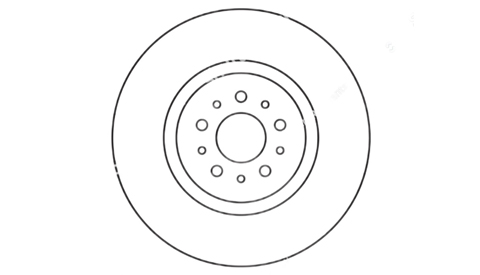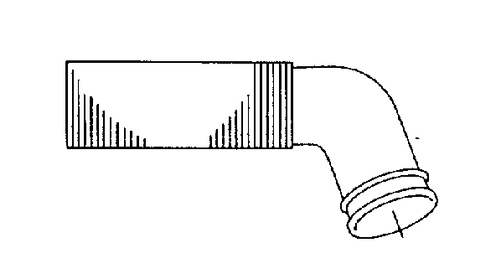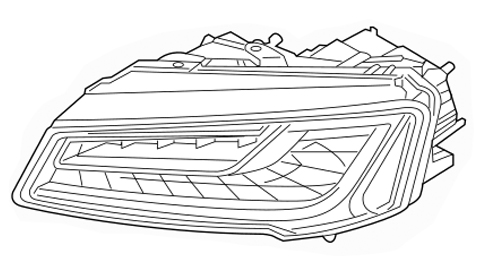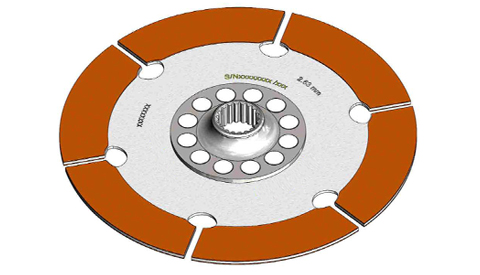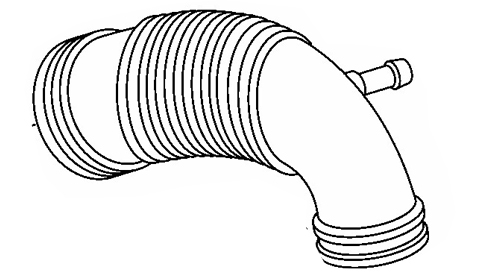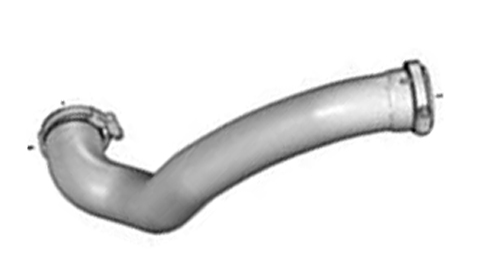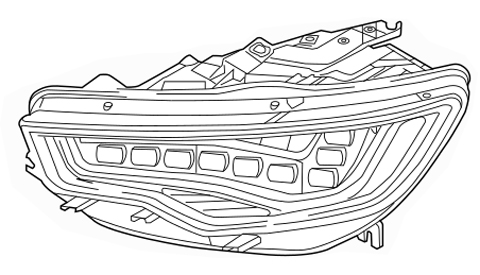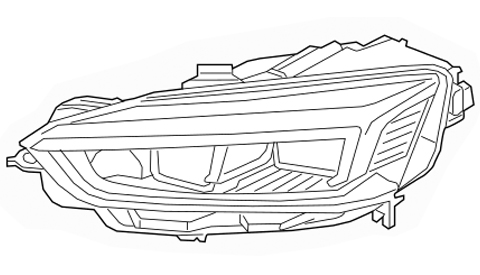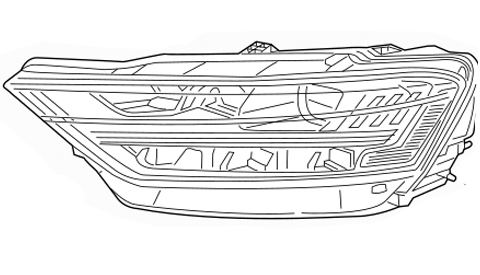-
Array
(
[0] => Array
(
[id] => 1
[siteid] => 1
[parentid] => 0
[parentstr] => 0,
[infotype] => 0
[classname] => Home
[navname] => Home
[alias] =>
[english] =>
[linkurl] => /
[relinkurl] => index.html
[picurl] =>
[picwidth] =>
[picheight] =>
[colorval] =>
[boldval] =>
[seotitle] => Automotive Lamp suppliers,Led Headlight solutions,Luz Led Para Moto price,Headli
[keywords] => Automotive Lamp suppliers,Led Headlight solutions,
[description] => IV Auto Parts is a Automotive Lamp suppliers, provides Led Headlight solutions,Luz Led Para Moto price,Headlights For Car fittings.
[orderid] => 1
[isnav] => true
[checkinfo] => true
[url] => index.html
[child] => Array
(
)
)
[1] => Array
(
[id] => 2
[siteid] => 1
[parentid] => 0
[parentstr] => 0,
[infotype] => 0
[classname] => About Us
[navname] => About Us
[alias] =>
[english] => We Make Fence Idea
[linkurl] => about.php
[relinkurl] => about.html
[picurl] =>
[picwidth] =>
[picheight] =>
[colorval] =>
[boldval] =>
[seotitle] => Car Head Lamp Agencies,vehicle Headlamp Wholesale,car Head Lamp Price; IV Auto P
[keywords] => car head lamp agencies,vehicle headlamp wholesale,
[description] => IV Auto Parts, built in Hongkong and based in mainland China, has specialized
in developing and exporting high quality fencing system since 2009.
[orderid] => 2 [isnav] => true [checkinfo] => true [url] => about.html [child] => Array ( [0] => Array ( [id] => 10 [siteid] => 1 [parentid] => 2 [parentstr] => 0,2, [infotype] => 0 [classname] => Our Culture [navname] => Our Culture [alias] => [english] => [linkurl] => about.php?cid=10 [relinkurl] => about-10-1.html [picurl] => [picwidth] => [picheight] => [colorval] => [boldval] => [seotitle] => [keywords] => [description] => [orderid] => 10 [isnav] => true [checkinfo] => true [url] => about-10-1.html [child] => Array ( ) ) [1] => Array ( [id] => 11 [siteid] => 1 [parentid] => 2 [parentstr] => 0,2, [infotype] => 2 [classname] => Our Team [navname] => Our Team [alias] => [english] => [linkurl] => team.php [relinkurl] => team.html [picurl] => [picwidth] => [picheight] => [colorval] => [boldval] => [seotitle] => [keywords] => [description] =>
We have been supplying Replacement Headlight assembly,Side Light,Tail Lights,driving Lights,Led Fog,Interior Light,Light Accessories,since 2009, and thanks to the contribution of our professional team, customers across the world thumb up to IV Aut [orderid] => 11 [isnav] => true [checkinfo] => true [url] => team.html [child] => Array ( ) ) [2] => Array ( [id] => 12 [siteid] => 1 [parentid] => 2 [parentstr] => 0,2, [infotype] => 0 [classname] => Reference List [navname] => Reference List [alias] => [english] => [linkurl] => reference.php [relinkurl] => reference.html [picurl] => [picwidth] => [picheight] => [colorval] => [boldval] => [seotitle] => [keywords] => [description] => [orderid] => 12 [isnav] => true [checkinfo] => true [url] => reference.html [child] => Array ( ) ) ) ) [2] => Array ( [id] => 3 [siteid] => 1 [parentid] => 0 [parentstr] => 0, [infotype] => 2 [classname] => Warranty [navname] => Warranty [alias] => [english] => [linkurl] => warranty.php [relinkurl] => warranty.html [picurl] => [picwidth] => [picheight] => [colorval] => [boldval] => [seotitle] => Halogen Headlamps Solution,Motorcycle Headlamp Services,Upgrade Headlight Cost; [keywords] => Halogen Headlamps Solution,Motorcycle Headlamp Ser [description] => IV Auto Parts Provided For You Halogen Headlamps Solution,Motorcycle Headlamp Services,Upgrade Headlight Cost Calculate.
[orderid] => 3 [isnav] => true [checkinfo] => true [url] => warranty.html [child] => Array ( [0] => Array ( [id] => 13 [siteid] => 1 [parentid] => 3 [parentstr] => 0,3, [infotype] => 2 [classname] => CERTIFICATES [navname] => CERTIFICATES [alias] => [english] => [linkurl] => warranty.php?cid=13 [relinkurl] => warranty-13-1.html [picurl] => [picwidth] => [picheight] => [colorval] => [boldval] => [seotitle] => [keywords] => [description] => Your partner all the way
At IV Auto Parts we work as a complete supplier: We develop, produce and sell finishing systems and make sure the operators are fully instructed and able to run the Parts.
On top of tha [orderid] => 13 [isnav] => true [checkinfo] => true [url] => warranty-13-1.html [child] => Array ( ) ) [1] => Array ( [id] => 34 [siteid] => 1 [parentid] => 3 [parentstr] => 0,3, [infotype] => 0 [classname] => FAQ [navname] => FAQ [alias] => [english] => [linkurl] => FAQ.php [relinkurl] => FAQ.html [picurl] => [picwidth] => [picheight] => [colorval] => [boldval] => [seotitle] => [keywords] => [description] => [orderid] => 28 [isnav] => true [checkinfo] => true [url] => FAQ.html [child] => Array ( ) ) [2] => Array ( [id] => 33 [siteid] => 1 [parentid] => 3 [parentstr] => 0,3, [infotype] => 0 [classname] => Service & After Sales [navname] => Service & After Sale [alias] => [english] => [linkurl] => ServiceAndAfterSales.php [relinkurl] => ServiceAndAfterSales.html [picurl] => [picwidth] => [picheight] => [colorval] => [boldval] => [seotitle] => [keywords] => [description] => [orderid] => 29 [isnav] => true [checkinfo] => true [url] => ServiceAndAfterSales.html [child] => Array ( ) ) ) ) [3] => Array ( [id] => 4 [siteid] => 1 [parentid] => 0 [parentstr] => 0, [infotype] => 2 [classname] => Products [navname] => Products [alias] => Products List [english] => Explore Auto Parts Products [linkurl] => products.php [relinkurl] => products.html [picurl] => [picwidth] => [picheight] => [colorval] => [boldval] => [seotitle] => Headlamp Car For Sale,buy Headlamp,refit Headlight Cost, Head Lamp Fittings; IV [keywords] => IV Auto Parts Provide You With Details Refit Buy [description] => IV Auto Parts Provide You With Details Refit Buy Headlight Cost,head Lamp Fittings For Sale.
[orderid] => 4 [isnav] => true [checkinfo] => true [url] => products.html [child] => Array ( [0] => Array ( [id] => 24 [siteid] => 1 [parentid] => 4 [parentstr] => 0,4, [infotype] => 2 [classname] => Headlight assembly [navname] => Headlight assembly [alias] => Headlight assembly [english] => Headlight assembly [linkurl] => products-24-1.html [relinkurl] => products-24-1.html [picurl] => [picwidth] => [picheight] => [colorval] => [boldval] => [seotitle] => [keywords] => [description] => [orderid] => 22 [isnav] => true [checkinfo] => true [url] => products-24-1.html [child] => Array ( ) ) [1] => Array ( [id] => 29 [siteid] => 1 [parentid] => 4 [parentstr] => 0,4, [infotype] => 2 [classname] => Taillight Assembly [navname] => Taillight Assembly [alias] => Taillight Assembly [english] => Taillight Assembly [linkurl] => [relinkurl] => products-29-1.html [picurl] => [picwidth] => [picheight] => [colorval] => [boldval] => [seotitle] => Taillight Assembly [keywords] => Taillight Assembly,Tail Lights,Tail Lamp,Led Tail [description] => Taillight Assembly,Tail Lamp,Led Tail Lights For Audi [orderid] => 23 [isnav] => true [checkinfo] => true [url] => products-29-1.html [child] => Array ( ) ) [2] => Array ( [id] => 25 [siteid] => 1 [parentid] => 4 [parentstr] => 0,4, [infotype] => 2 [classname] => Turn Signal Light [navname] => Turn Signal Light [alias] => Turn Signal Light [english] => Turn Signal Light [linkurl] => products-25-1.php [relinkurl] => products-25-1.html [picurl] => [picwidth] => [picheight] => [colorval] => [boldval] => [seotitle] => [keywords] => Turn Signal Light,Side Blinker,Audi Turn Signal Li [description] => Audi Turn Signal Light [orderid] => 24 [isnav] => true [checkinfo] => true [url] => products-25-1.html [child] => Array ( ) ) [3] => Array ( [id] => 36 [siteid] => 1 [parentid] => 4 [parentstr] => 0,4, [infotype] => 2 [classname] => Alternator [navname] => Alternator [alias] => Alternator [english] => Alternator [linkurl] => products-36-1.php [relinkurl] => products-36-1.html [picurl] => [picwidth] => [picheight] => [colorval] => [boldval] => [seotitle] => Alternator For with Audi [keywords] => Alternator For with Audi [description] =>
Email:
sales@ivautoparts.com
Tel.: +86 13933893619
What happens if the air intake hose is broken?
2025-08-15
Summary:
Here's what happens if the air intake pipe (or hose) is broken, cracked, or disconnected, incorporating your keywords: 1. Unfiltered Air Entry: The primary purpose of the intake hose is to carry air from the air filter box to the engine. A breach allows
Here's what happens if the air intake pipe (or hose) is broken, cracked, or disconnected, incorporating your keywords:
1. Unfiltered Air Entry: The primary purpose of the intake hose is to carry air from the air filter box to the engine. A breach allows unfiltered air containing dirt, dust, and debris to enter the engine. This causes:
Accelerated Engine Wear: Abrasive particles scoring cylinder walls, damaging piston rings, and wearing bearings.
Throttle Body/MAF Sensor Contamination: Dirt buildup disrupts airflow measurement and throttle operation.
2. Unmetered Air Leak: Modern engines use a Mass Air Flow (MAF) sensor mounted before the throttle body, often integrated into the air intake pipe assembly. A leak after the MAF sensor (like a crack in the hose or a disconnected coupler) allows air to enter the engine without being measured by the MAF.
Check Engine Light (CEL): The engine control unit (ECU) detects the discrepancy between measured air and expected conditions (based on oxygen sensor feedback), triggering a CEL. Common codes include P0171 (System Too Lean - Bank 1) or P0101 (MAF Circuit Range/Performance).
Poor Engine Performance: The ECU calculates fuel injection based on incorrect air mass data, leading to:
Rough idle (often very noticeable)
Stalling, especially at low RPM or when coming to a stop
Hesitation and stumbling during acceleration
Reduced power and sluggish response
Poor fuel economy
Crucially for performance racing: This unmetered air completely disrupts the carefully calibrated Air/Fuel Ratio (AFR), killing performance, causing hesitation under boost, and preventing the engine from making optimal power. An Aluminum Intake Pipe upgrade is popular in performance racing partly for durability to prevent such leaks under high stress.
Severe Idle Problems: Very high, erratic, or low/stalling idle.
Performance Issues: Similar symptoms to unmetered air leaks (hesitation, stumbling, lack of power).
4. Turbocharger Damage (Turbocharged Engines like Audi A4): This is a critical risk for turbocharged cars (most modern Audi A4 models). The audi a4 air intake hose connects the air filter to the turbocharger compressor inlet. A leak before the turbo allows:
Debris Ingestion into Turbo: Unfiltered dirt and debris are sucked directly into the turbocharger's compressor wheel. These wheels spin at over 100,000 RPM. Impact with debris can chip, bend, or break the blades, leading to catastrophic turbo failure, imbalance, and potentially further engine damage from metal fragments. This is an expensive repair.
Reduced Turbo Efficiency/Boost Leak: A leak after the MAF but before the turbo (less common location for the hose itself) can also reduce boost pressure and efficiency.
5. Altered Engine Sound: A large intake leak often creates a loud hissing or sucking noise, especially noticeable under acceleration or at idle.
Impact on Performance Racing & Aluminum Intake Pipes:
In performance racing, any intake leak is disastrous. It destroys carefully tuned AFRs, causes unpredictable power delivery, hesitation under load, and risks engine/turbo damage.
This is why durable aftermarket intakes, like Aluminum Intake Pipe systems, are popular upgrades. They are less prone to cracking, collapsing under suction, or heat soak compared to stock rubber/plastic hoses, providing more consistent airflow and reducing the risk of leaks under high-performance conditions. However, any intake system can leak if connections fail or pipes crack.
In Summary: A broken air intake pipe causes unfiltered air intake (causing engine wear), unmetered air leaks (causing poor running, CEL, and terrible performance), potential vacuum leaks, and on turbocharged cars like the Audi A4, a significant risk of turbocharger destruction. Immediate repair is essential to prevent damage and restore normal engine operation and performance. For performance racing applications, ensuring the integrity of the intake system (whether stock or an upgraded Aluminum Intake Pipe) is paramount.
1. Unfiltered Air Entry: The primary purpose of the intake hose is to carry air from the air filter box to the engine. A breach allows unfiltered air containing dirt, dust, and debris to enter the engine. This causes:
Accelerated Engine Wear: Abrasive particles scoring cylinder walls, damaging piston rings, and wearing bearings.
Throttle Body/MAF Sensor Contamination: Dirt buildup disrupts airflow measurement and throttle operation.
2. Unmetered Air Leak: Modern engines use a Mass Air Flow (MAF) sensor mounted before the throttle body, often integrated into the air intake pipe assembly. A leak after the MAF sensor (like a crack in the hose or a disconnected coupler) allows air to enter the engine without being measured by the MAF.
Check Engine Light (CEL): The engine control unit (ECU) detects the discrepancy between measured air and expected conditions (based on oxygen sensor feedback), triggering a CEL. Common codes include P0171 (System Too Lean - Bank 1) or P0101 (MAF Circuit Range/Performance).
Poor Engine Performance: The ECU calculates fuel injection based on incorrect air mass data, leading to:
Rough idle (often very noticeable)
Stalling, especially at low RPM or when coming to a stop
Hesitation and stumbling during acceleration
Reduced power and sluggish response
Poor fuel economy
Crucially for performance racing: This unmetered air completely disrupts the carefully calibrated Air/Fuel Ratio (AFR), killing performance, causing hesitation under boost, and preventing the engine from making optimal power. An Aluminum Intake Pipe upgrade is popular in performance racing partly for durability to prevent such leaks under high stress.
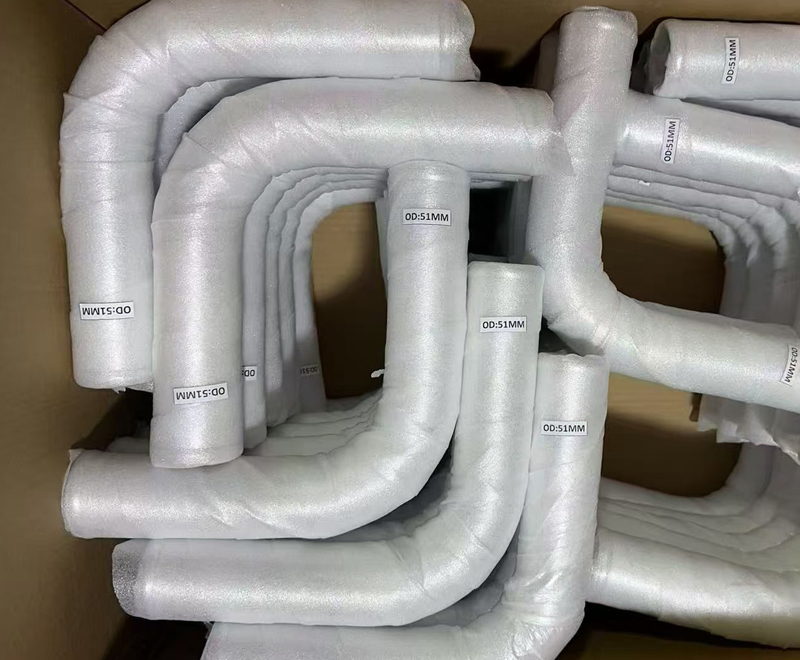
Severe Idle Problems: Very high, erratic, or low/stalling idle.
Performance Issues: Similar symptoms to unmetered air leaks (hesitation, stumbling, lack of power).
4. Turbocharger Damage (Turbocharged Engines like Audi A4): This is a critical risk for turbocharged cars (most modern Audi A4 models). The audi a4 air intake hose connects the air filter to the turbocharger compressor inlet. A leak before the turbo allows:
Debris Ingestion into Turbo: Unfiltered dirt and debris are sucked directly into the turbocharger's compressor wheel. These wheels spin at over 100,000 RPM. Impact with debris can chip, bend, or break the blades, leading to catastrophic turbo failure, imbalance, and potentially further engine damage from metal fragments. This is an expensive repair.
Reduced Turbo Efficiency/Boost Leak: A leak after the MAF but before the turbo (less common location for the hose itself) can also reduce boost pressure and efficiency.
5. Altered Engine Sound: A large intake leak often creates a loud hissing or sucking noise, especially noticeable under acceleration or at idle.
Impact on Performance Racing & Aluminum Intake Pipes:
In performance racing, any intake leak is disastrous. It destroys carefully tuned AFRs, causes unpredictable power delivery, hesitation under load, and risks engine/turbo damage.
This is why durable aftermarket intakes, like Aluminum Intake Pipe systems, are popular upgrades. They are less prone to cracking, collapsing under suction, or heat soak compared to stock rubber/plastic hoses, providing more consistent airflow and reducing the risk of leaks under high-performance conditions. However, any intake system can leak if connections fail or pipes crack.
In Summary: A broken air intake pipe causes unfiltered air intake (causing engine wear), unmetered air leaks (causing poor running, CEL, and terrible performance), potential vacuum leaks, and on turbocharged cars like the Audi A4, a significant risk of turbocharger destruction. Immediate repair is essential to prevent damage and restore normal engine operation and performance. For performance racing applications, ensuring the integrity of the intake system (whether stock or an upgraded Aluminum Intake Pipe) is paramount.


